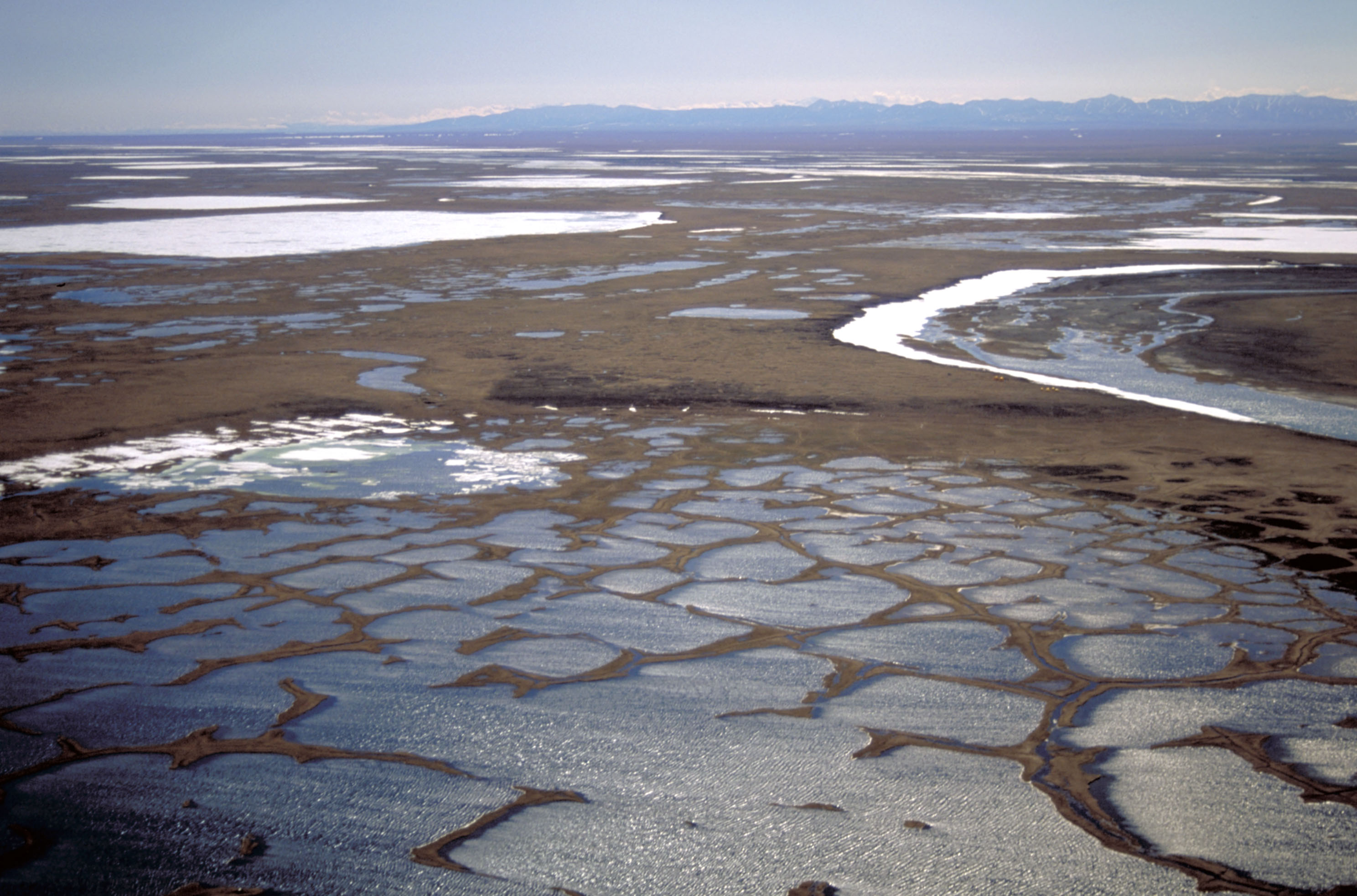Top Interior official promises speedy preparation for ANWR oil leasing
Interior Department Deputy Secretary David Bernhardt said he hoped to significantly shorten the time required to complete environmental impact statements.

The regulatory process needed to prepare for oil development in the Arctic National Wildlife Refuge is set to start imminently, a top Department of Interior official told Alaskans in a speech on Thursday.
David Bernhardt, Interior’s deputy secretary, said he intends for the legally mandated environmental review to start “within the next few weeks.”
Bernhardt, speaking to a joint breakfast meeting of Commonwealth North and the Alaska Support Industry Alliance, said the work will be fully in accordance with the National Environmental Policy Act, but it will be swift.
“We will be publishing soon a notice of intent in the federal register that will lay out our intent to begin scoping, the scoping process, to meet our NEPA responsibility for a lease sale. And we expect to move pretty quickly on that project once we have taken the 60 days comment and received comment through that scoping process,” he said.
A full environmental impact statement is needed before leasing may occur, and Bernhardt said he expects that to be completed relatively quickly.
“I put out a memo that said I expect EISes to be done in a year, not specifically for ANWR but as a general manner,” he said. “We’re starting this process very, very soon and I take my memos very, very seriously.”
Environmental impact statements are detailed examinations of impacts of federally permitted projects, and they generally take at least 18 months to complete. Many take several years. The latest comprehensive management plan for the Arctic refuge, approved by the Fish and Wildlife Service in 2015, took five years to craft from the initial solicitation of public comments to the final record of decision. The environmental impact statement written in advance of Interior’s 2008 Chukchi Sea offshore oil and gas lease sale took two years to complete, and it had to be substantially revised after two court rulings found that it had been inadequate.
Bernhardt was critical of the environmental impact statement process, and he said his department is working on ways to make it much quicker cumbersome.
“The documents that are written today — when they’re 8,000, 10,000, 13,000, 20,000 pages with appendices and everything, I can tell you no one on the planet reads. So they’re really not serving the purpose that they were intended to,” he said. “We can change things like that that are just nuts.”
In its budget resolution passed last December, Congress officially opened the Arctic refuge’s coastal plain to leasing. It directed Interior to hold at least two lease sales in the next 10 years, each offering at least 400,000 acres, with “ideally the most prospective acres in each lease sale,” Bernhardt said.
Yereth Rosen is a 2018 Alicia Patterson Foundation fellow.